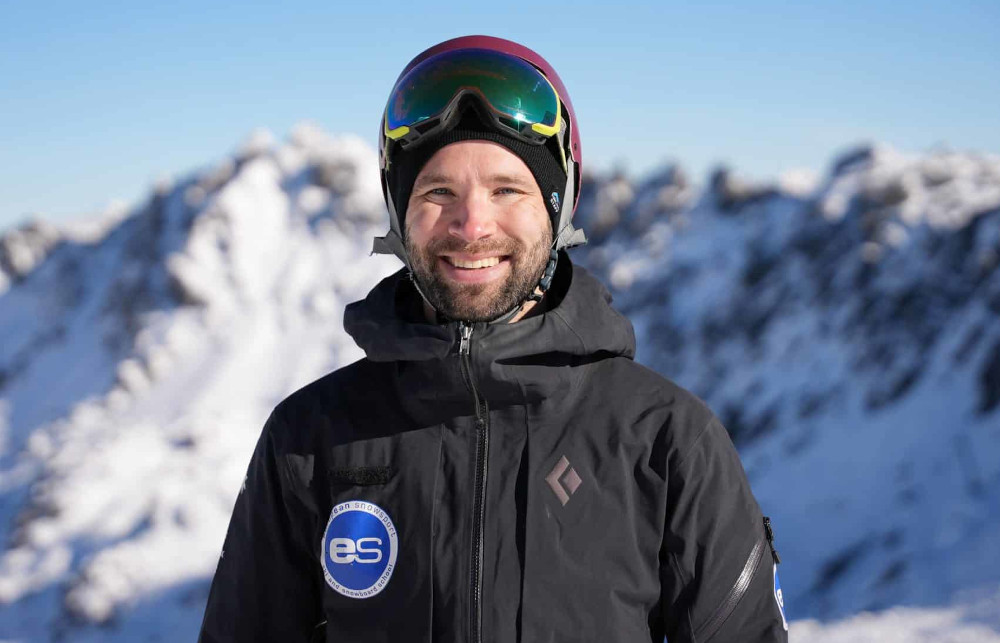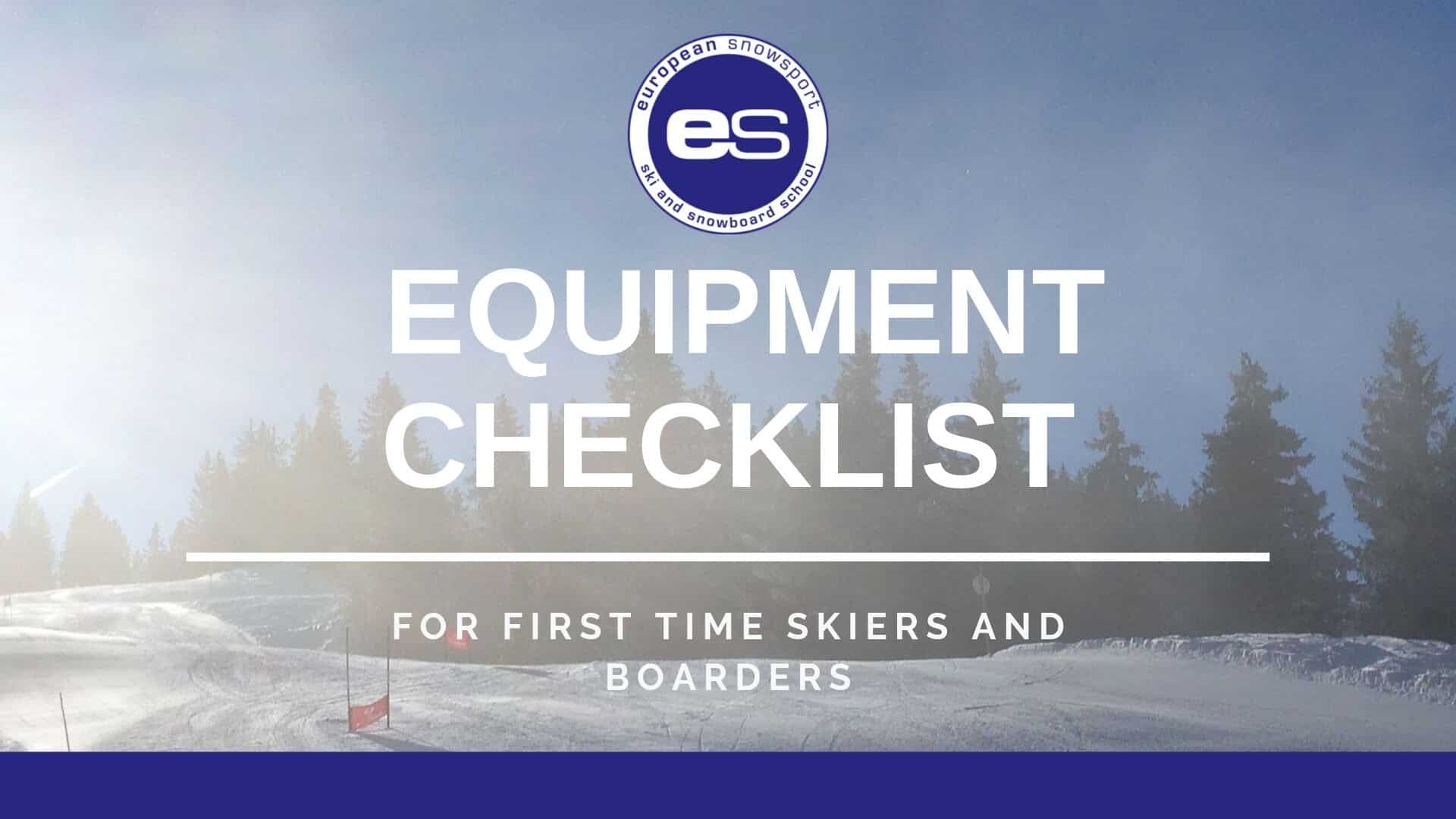
Quais roupas e equipamentos eu preciso como iniciante? Um guia e um checklist para iniciantes. Pode parecer assustador, mas com este guia você se sentirá confortável e pronto para sua primeira aula!
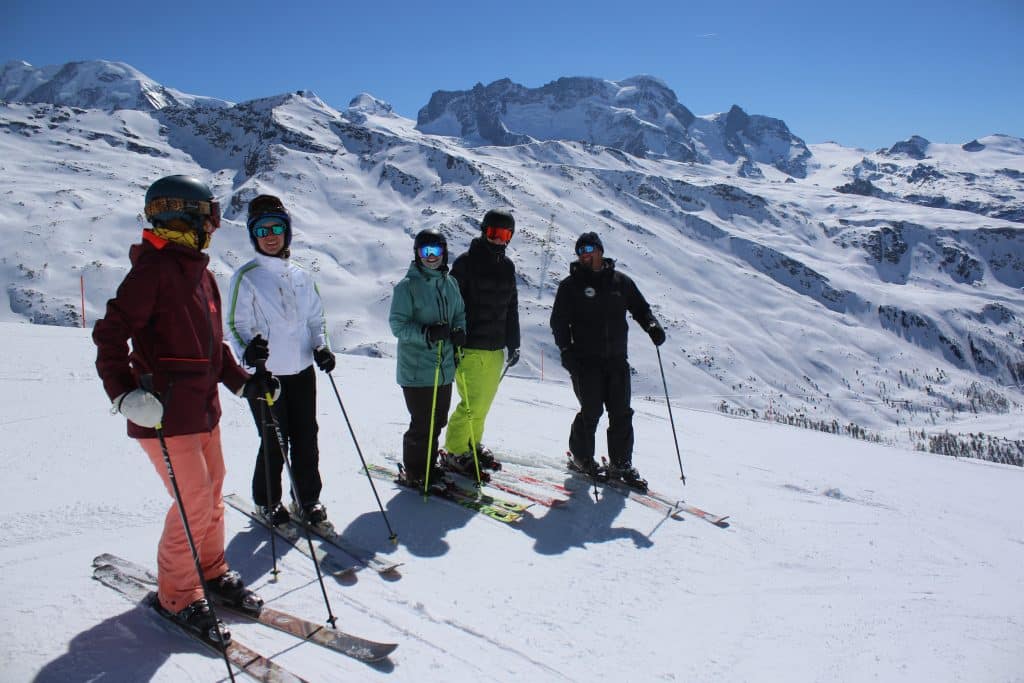
Roupas
Vamos começar de dentro para fora.
1. Meias de esqui são essenciais. são caras, mas valem o investimento. Um bom par de meias manterá você aquecido, absorverá o suor e permitirá que seus pés se movam levemente dentro das botas. Mais grossas não significam melhor. O par certo de meias será quente, mas também permitirá que seus pés se movam levemente dentro da bota, para que o sangue circule e o mantenha aquecido. Não use vários pares de meias para compensar a falta de investimento no par certo; não é um bom substituto.
2. Roupas íntimas esportivas manterão você confortável enquanto se movimenta. Use camadas térmicas de esqui junto à pele. As fibras naturais evoluíram muito nos últimos 20 anos e geralmente são as mais confortáveis, mas também existem algumas boas alternativas artificiais. Geralmente, você precisará de leggings e uma blusa térmica de manga comprida.
3. Além disso, a maioria das pessoas usa uma camada intermediária que seja quente, mas não impermeável. Respirável é melhor. Não deve ser muito volumosa, pois lembre-se de que você terá outra camada por cima e precisará se movimentar, mas em dias frios, uma camada acolchoada pode ser a melhor solução.
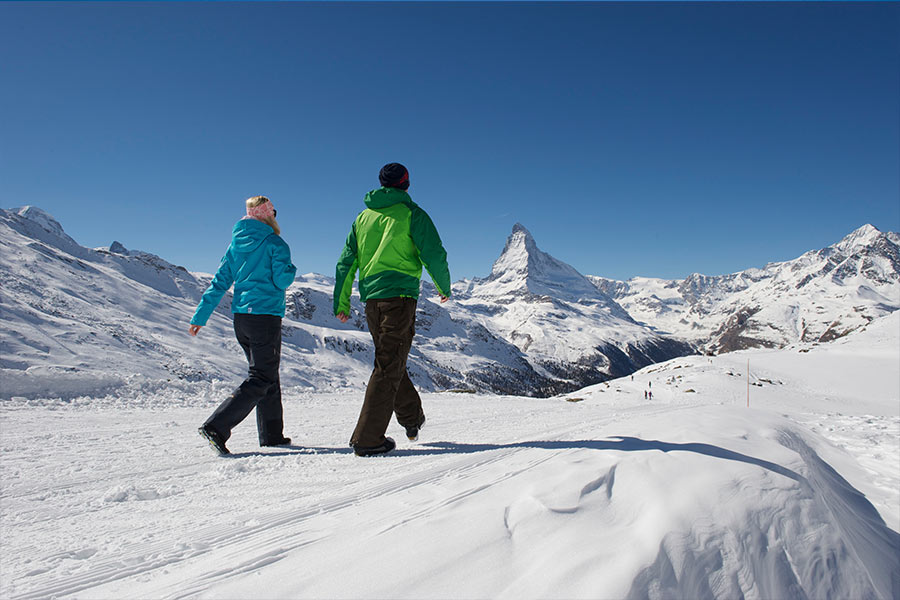
4. Além disso, use uma camada externa impermeável e corta-vento. Como instrutores de esqui, preferimos uma camada externa de Goretex de boa qualidade, pois é impermeável e respirável.
5. Nas mãos, você precisará de luvas impermeáveis e, em dias frios, um par de luvas finas por baixo pode mantê-lo aquecido até a ponta dos dedos. Mittens, que são aquelas luvas impermeáveis sem divisão entre os dedos, também podem funcionar, mas geralmente são melhores para snowboarders, pois os esquiadores precisam conseguir segurar os bastões de esqui, o que pode ser mais complicado com esse tipo de luva.
6. Botas. Não precisa sair para comprar botas na primeira vez. Comprar um bom par de botas novas pode ser caro e demorado. Vá a uma loja de aluguel de confiança e calce-as corretamente. As botas devem ser justas, mas sem atrapalhar a circulação. Você deve conseguir mexer os dedos dos pés quando estiver flexionado com a bota, mas sem levantar o calcanhar, o que pode afetar seu desempenho na neve.
Recomendamos alugar para a sua primeira vez na neve, e trabalhar com parceiros de confiança em nossos resorts. Recomendamos Mountain Air em Verbier, Glacier Sport em Zermatt e Premier Alpine Centre em Nendaz.
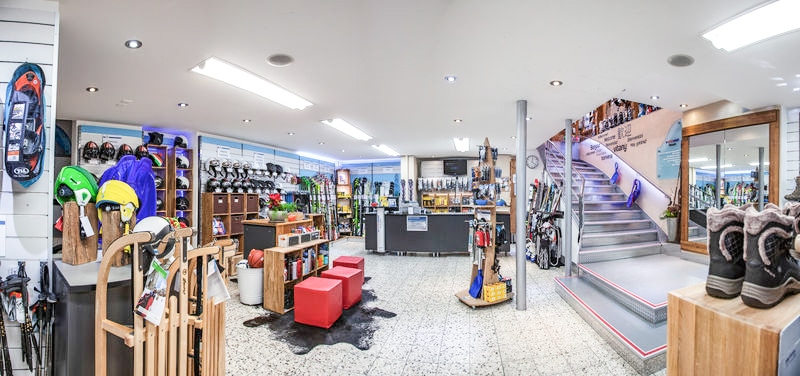
Essas lojas contam com uma equipe especializada, na qual você pode confiar para encontrar o equipamento ideal para as suas necessidades. Peça conselhos e aproveite! Eles têm uma boa variedade de kits de qualidade e ajudarão você a encontrar o mais adequado para o seu primeiro dia. Se você achar que não está funcionando para você, eles também ficarão felizes em ajudá-lo a mudar para outra opção até encontrar a melhor solução.
8. Dê tempo a si mesmo. Normalmente, reserve cerca de meia hora para se equipar, se planeja fazer isso na primeira manhã das suas férias.
9. Reserve com antecedência. Se você estiver viajando em uma semana movimentada, reserve com antecedência e tente retirar seu equipamento na noite anterior ao seu dia na neve para evitar estresse.
10. Usar bastões ou não? Esquiadores adultos iniciantes devem usar esquis, botas e bastões. Para crianças iniciantes, os bastões não são necessários no primeiro dia. Snowboarders iniciantes precisam de prancha de snowboard e botas.
Outros equipamentos
11. Use um capacete. Ele deve ficar bem ajustado para não se mover, mas também não deve esfregar ou pressionar. A política da nossa escola de esqui é que todos os nossos instrutores usem capacetes para dar o exemplo. Não é legal ser inseguro.
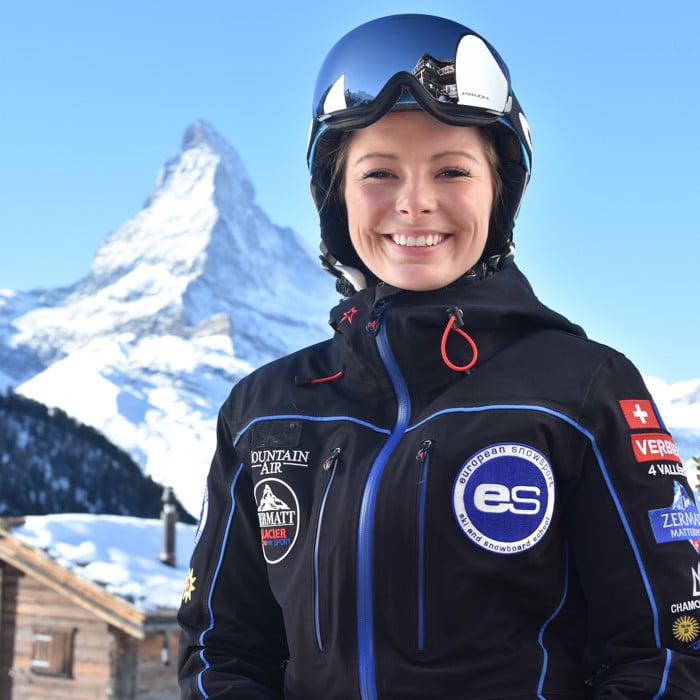
12. E depois, óculos de proteção. Em caso de neblina, lentes amarelas ou laranja proporcionam melhor visibilidade. Óculos de sol são menos eficazes, pois não protegem tão bem contra o ofuscamento ou o vento, e usá-los por dentro do capacete pode ser desconfortável. Você precisa de proteção para os olhos, pois o ofuscamento e o reflexo são intensos em ambientes com neve.
13. É uma boa ideia ter um protetor facial, uma capa ou um cachecol no bolso para se enrolar caso o vento aumente ou a temperatura caia.
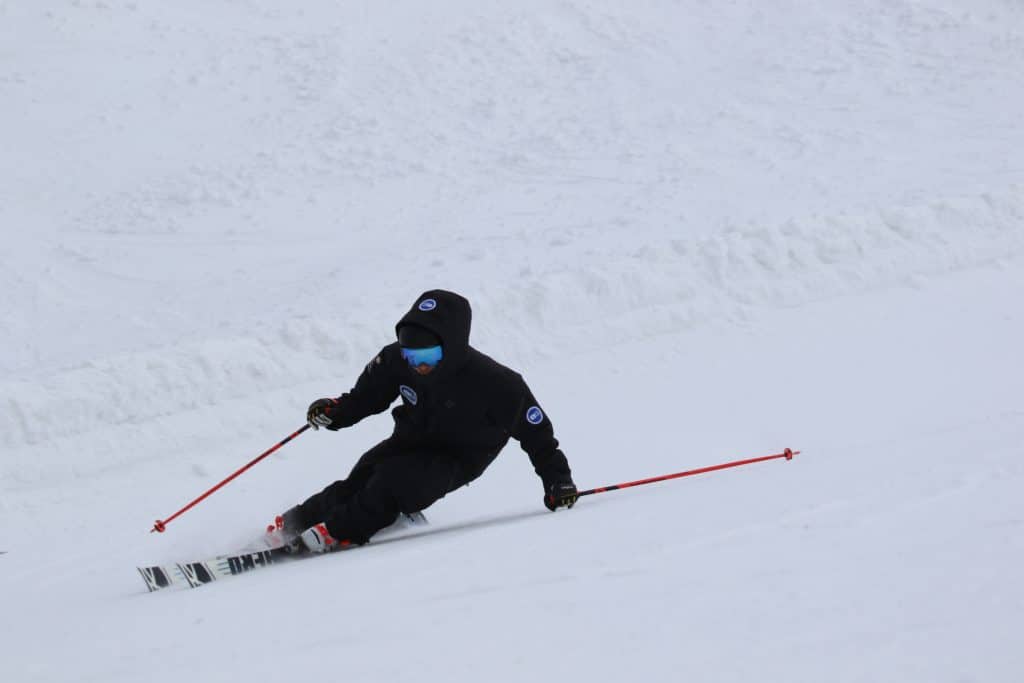
14. Protetor solar também é essencial; não seja pego em um (raro) dia nublado achando que não vai se queimar, você vai! E queimaduras de sol não são uma boa opção para o après-ski.
Então aí está nosso checklist para o esquiador iniciante.
Fale conosco
Há mais de 20 anos temos proporcionado aulas de esqui e de snowboard amigáveis e profissionais para pessoas de todos os níveis. A nossa equipe – e em particular os nossos instrutores – recebem revisões brilhantes constantemente. Se você está em dúvida sobre o que você precisa ou mesmo se quer fazer aulas, ligue e fale conosco e ficaremos contentes em discutir o que será melhor para você.
Fale conosco
Ligue ou envie um email
Estamos aqui para responder às suas perguntas e fazer reservas por email, telefone ou bate-papo online, das 8h às 19h todos os dias e até às 21h aos domingos.
Preços e Termos
Os nossos Termos e Condições se aplicam a todas as reservas.
Outras opções
Nós nos orgulhamos de prestarmos um excelente serviço pessoal, desde às suas perguntas iniciais até a personalização das aulas de esqui às suas necessidades, por isso, recomendamos que nos envie um email ou nos ligue. No entanto, se você preferir, você pode reservar online:
